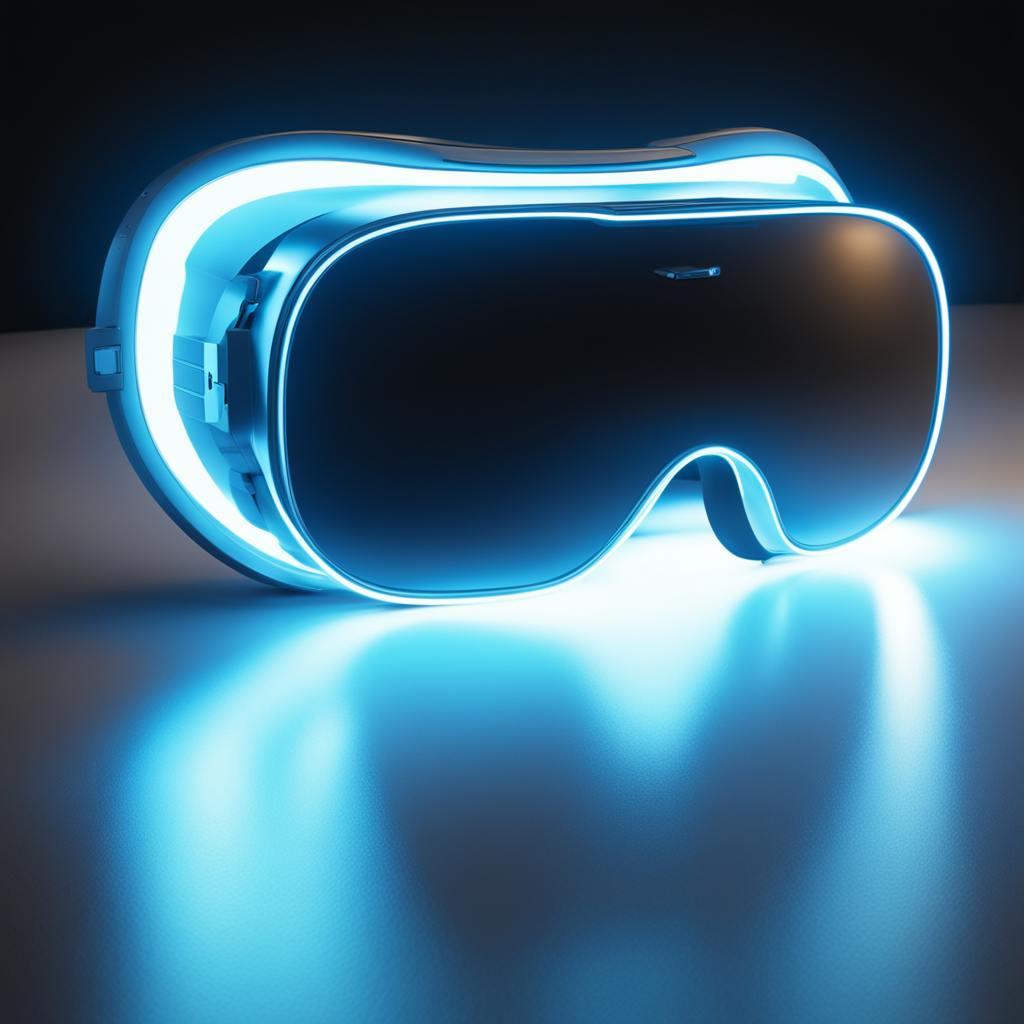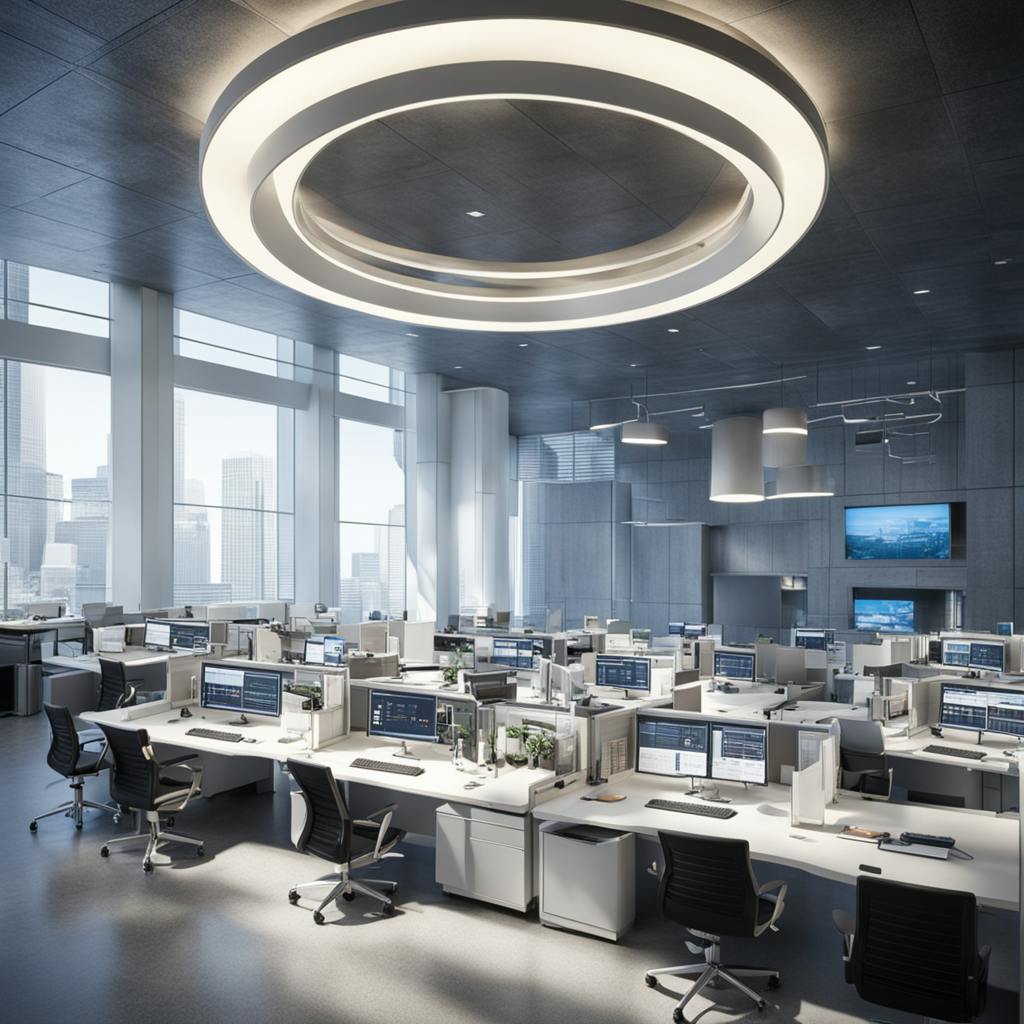In an era dominated by rapid technological advancements, the role of the user experience researcher has never been more critical. As industries pivot towards immersive technologies like Virtual Reality (VR), understanding user experience (UX) becomes paramount. Not only does this shift bring forth fascinating research challenges, but it also carves out new career pathways and lucrative opportunities within the field.
The Integration of Virtual Reality in User Experience Research
Virtual Reality: A New Frontier in UX
Virtual Reality offers unparalleled immersive experiences, reshaping how users interact with digital environments. For user experience researchers, this shift entails a deeper dive into understanding how users perceive, navigate, and emotionally respond to these virtual realms. The significance of user experience research has elevated with this technology, offering a rich tableau for qualitative and quantitative analysis.
Evolving Methods: From Eye-Tracking to Emotional Analytics
Innovative research methodologies have emerged alongside VR's rise. Eye-tracking within VR environments, for instance, captures where users focus their attention, providing invaluable data on usability and engagement. Emotional analytics go further by measuring users' emotional responses through physiological markers, offering a granular understanding of user satisfaction. These methods are revolutionizing user experience research jobs, making them more dynamic and essential.
The Career Landscape for User Experience Researchers
Rising Demand and Attractive Salaries
As VR technology becomes more prevalent, the demand for skilled user experience researchers is on the rise. Companies are eager to understand how users interact with immersive technologies to optimize product offerings. Consequently, user experience researcher jobs are not only plentiful but also come with attractive compensation packages. According to industry reports, the user experience researcher salary often reflects the specialized skills required to navigate the complexities of VR environments, with competitive figures ranging widely based on expertise and geographical location.

AI made with Christophe Vacher
Skill Sets and Roles in a Futuristic UX Landscape
To thrive in this evolving landscape, user experience researchers need a blend of traditional UX skills and innovative capabilities. Proficiency in VR tools, a solid grounding in behavioral sciences, and technical know-how in data analytics are becoming critical. Individuals entering UX research jobs must be prepared to adapt and innovate continuously.
FAQs about User Experience Research in VR
What skills are essential for a user experience researcher focusing on VR?
A combination of technical skills in VR software, eye-tracking technology proficiency, and strong analytical capabilities are essential. Additionally, a deep understanding of user-centered design principles and behavioral psychology can greatly benefit researchers in this niche.
How do user experience researcher salaries compare in the VR domain?
Salaries in this domain are often higher compared to other UX research roles due to the specialized knowledge required. The exact figures can vary, but they typically range from $80,000 to $150,000 annually, depending on experience, location, and the company's scale.
What kinds of user experience research jobs are emerging with VR technology?
New roles encompass a wide range, from VR UX consultants and usability analysts to VR scenario testers. These positions focus predominantly on designing and validating immersive experiences that meet or exceed user expectations.
FAQ: User Experience Researcher in the Realm of Virtual Reality
What is the role of a user experience researcher in the development of virtual reality technologies?
A user experience (UX) researcher plays a crucial role in the development of virtual reality (VR) technologies by understanding and improving how users interact with VR environments. Key responsibilities include:
- User Needs Assessment: UX researchers identify user needs and pain points by conducting surveys, interviews, and usability tests.
- Behavioral Analysis: They analyze how users interact with VR systems to identify usability issues and areas for improvement.
- Prototyping and Testing: UX researchers work closely with designers and developers to create prototypes and test these iterations with real users.
- Data Collection: They gather quantitative and qualitative data to inform design decisions, ensuring that the VR systems are user-friendly and effective.
- Iterative Design: UX researchers facilitate an iterative design process, making continuous improvements based on user feedback and data analysis.

AI made with Christophe Vacher
How is virtual reality shaping the future of user experience research?
Virtual reality is fundamentally transforming user experience research by:
- Immersive Testing Environments: VR enables researchers to create and control immersive testing environments, providing more accurate and naturalistic user data.
- Remote Usability Testing: With VR, researchers can conduct remote usability tests where participants from different locations can interact with the same environment.
- Enhanced Data Collection: VR technologies provide advanced tools for tracking users' movements, gaze, and interactions, leading to more comprehensive data.
- Real-time Feedback: Users can provide real-time feedback in VR environments, helping researchers to understand immediate reactions and issues.
- Simulation of Complex Scenarios: VR allows for the simulation of complex, high-stakes scenarios that would be difficult, expensive, or dangerous to replicate in real life.
What are the innovative trends in virtual reality that are impacting user experience?
Several innovative trends in VR are significantly impacting user experience research:
- Eye-Tracking Technology: Eye-tracking in VR provides insights into where users are looking and what attracts their attention, allowing for better understanding of user focus and interactions.
- Haptic Feedback: Advances in haptic technology enhance the sense of presence and interactivity in VR, providing users with tactile feedback that adds to the immersion.
- Artificial Intelligence: AI integration in VR environments can adapt and respond to user behaviors in real-time, offering personalized experiences and better usability insights.
- Social VR: The rise of social VR platforms where people interact in virtual spaces is changing how UX researchers study social interactions and group dynamics.
- 360-Degree Video and Images: These formats allow for immersive storytelling and environments, opening up new avenues for user engagement and content creation.
How can user experience researchers utilize virtual reality to enhance user interface and experience?
UX researchers can leverage VR to enhance interfaces and experiences through several methodologies:
- Prototyping and User Testing: VR allows researchers to create high-fidelity prototypes and conduct extensive usability testing in a fully immersive environment.
- Empathy Building: VR can be used to simulate diverse user perspectives and experiences, helping researchers and designers understand and empathize with different user demographics.
- Contextual Studies: Researchers can use VR to simulate real-world environments and contexts, allowing for more accurate studies of how users will interact with products in various settings.
- Behavioral Insights: Utilizing the detailed tracking capabilities of VR, researchers can gain deep insights into user behavior, such as navigation patterns, interaction preferences, and engagement levels.
- Co-Design Workshops: VR can facilitate co-design workshops where users and designers collaborate in a shared virtual space to brainstorm and prototype ideas.
As we venture further into the realm of immersive technologies, the significance of user experience researchers in shaping the future cannot be overstated. The integration of VR in UX research brings forth new methodologies, career opportunities, and attractive compensation packages. For those passionate about understanding and improving how users interact with digital interfaces, the future holds limitless possibilities.
User experience researchers are not just spectators in this revolution; they are key players driving the innovation and ensuring that the virtual future is built with the user at its core.

